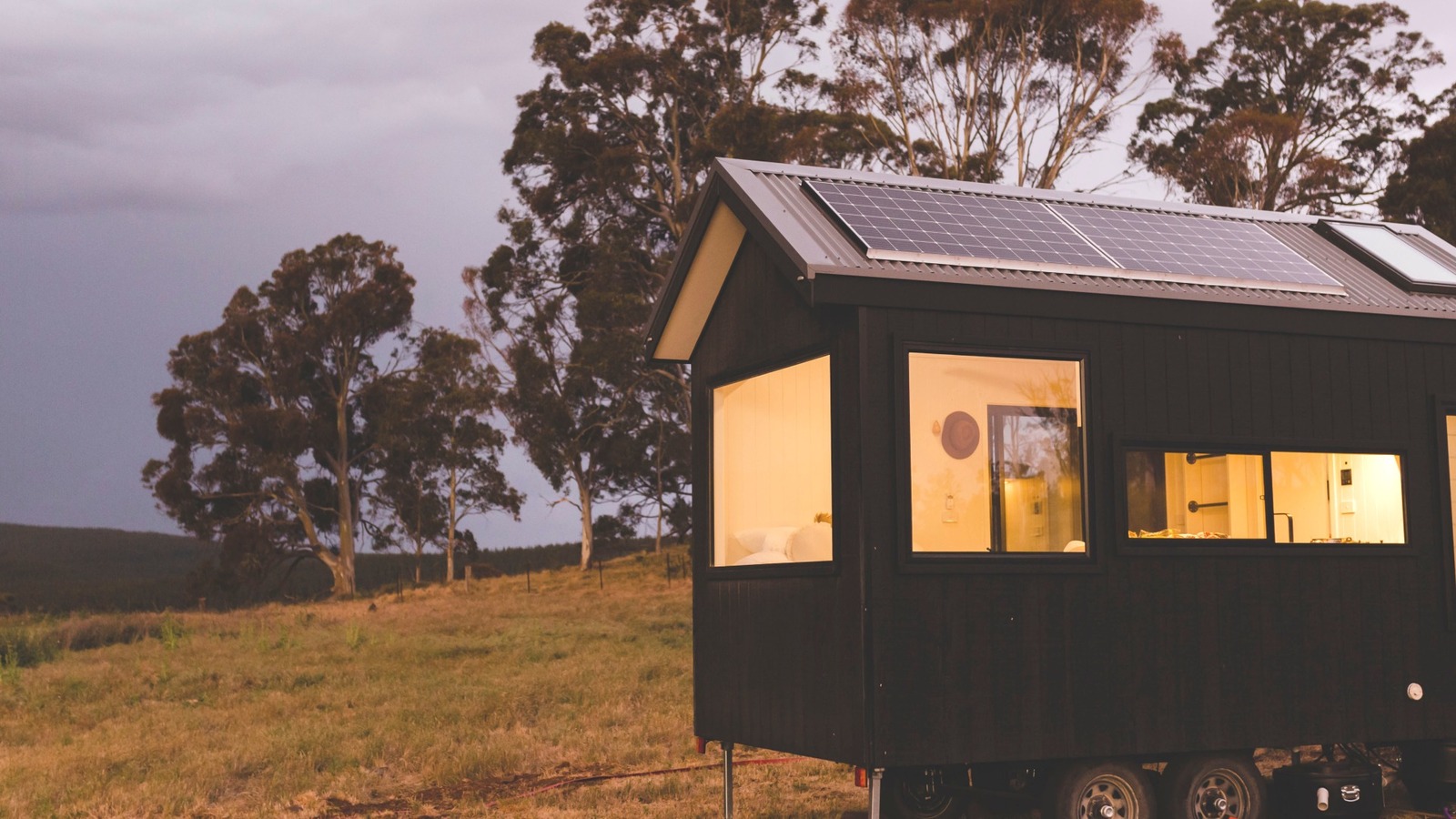A small house that’s one-eighth the size of a big house doesn’t necessarily consume one-eighth the energy. Many of the same power-hungry appliances, such as phones, televisions, refrigerators, computers, and internet routers, will be needed. However, tiny homes may only have one of each device and will certainly use less energy overall, saving on heating, air conditioning, and lighting.
To calculate how much energy your tiny home will require, it’s best to look at your past energy bills, comparing two bills from the summer and winter months to see what heating and air conditioning costs. Mild months that require less climate control will provide the best estimate for your baseline energy needs.
For example, areas with hot summers will see an increase in the July bill compared to April, when air conditioning is less likely to be used. Therefore, the April bill will give you a better idea of your potential consumption in a tiny house, where air conditioning costs significantly less. Once you’ve totaled all your bills using estimable baselines, divide that by the number of days in the month. You’ll need it for the next step.
Alternatively, you could follow the U.S. Department of Energy’s guide. It requires some math since you have to add up all the different consumption rates of major appliances. The result is fairly accurate and can be used for the following stage. Here’s a tip: To calculate monthly consumption instead of annual consumption, replace 365 with 30 when you reach that step.
Another option at this stage is to skip the math altogether. Popular solar panel guides, such as Bluetti and Ecoflow, use the figure of around 22,000 watt-hours per day as an example of the amount of energy you’ll need. You can use this estimate to guide your calculation, though it won’t be as accurate as adding up your unique consumption yourself.







